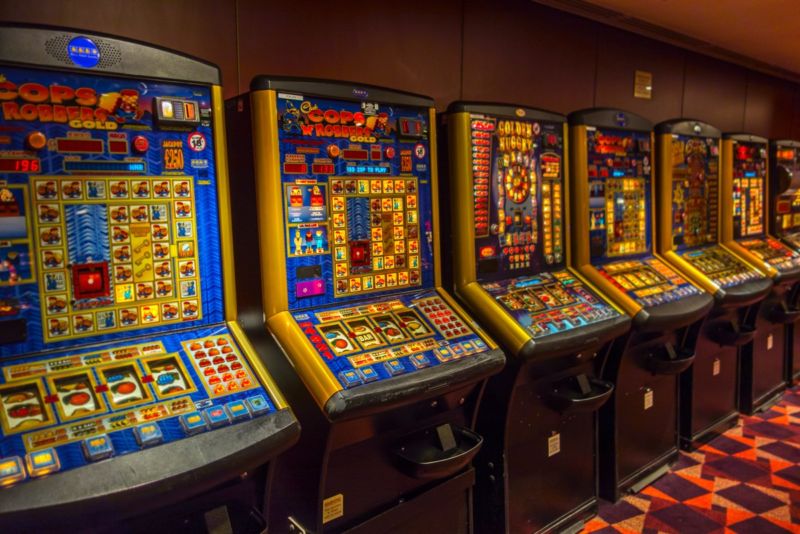Do the math: A bigger house edge is better for the bottom line, study finds

Enlarge / Think you can tell if one slot machine has a larger house advantage than another? Think again. (credit: Arterra/Universal Images Group/Getty Images)
It's a well-worn mantra that when it comes to casinos, the house always wins, at least in the long term. That's because casinos maintain a small house "edge"-not enough to scare gamblers away, but sufficient to ensure that the house ultimately comes out ahead. Some gamblers think they can get around this by jumping from slot machine to slot machine, for instance, in hopes of hitting one at just the right time to win a big payout.
There's a corresponding long-held belief among casino operators that experienced players can actually sense shifts in how much and how often a particular machine pays out-that is, they can detect subtle differences in the house edge between machines. But the math says otherwise, according to a recent paper in the International Journal of Contemporary Hospitality Management.
Slot machines are the source of most of a casino's revenue. It's all about manipulating the payback percentage: the percentage of the "coin in" that a player gets back when they're done with the game. "When slot machines are made, the manufacturer will license multiple pay tables (usually around five)," said co-author Anthony Lucas, a professor at the University of Nevada, Las Vegas. "After a casino operator decides to buy the game, they must then decide which of the five licensed pars (aka pay tables) to install. This is where our work becomes helpful, as most operators do not know which par will optimize revenues."
Read 14 remaining paragraphs | Comments